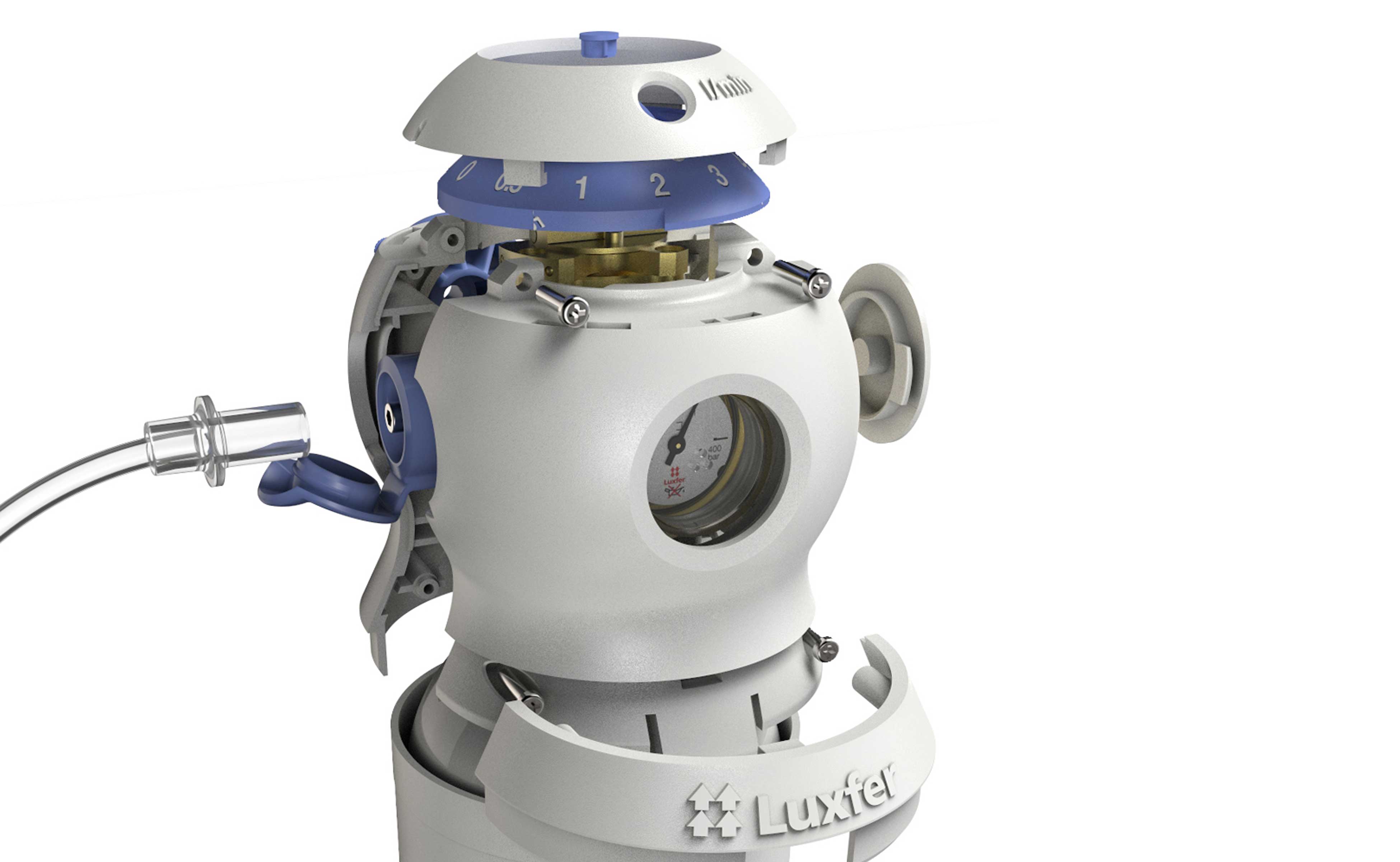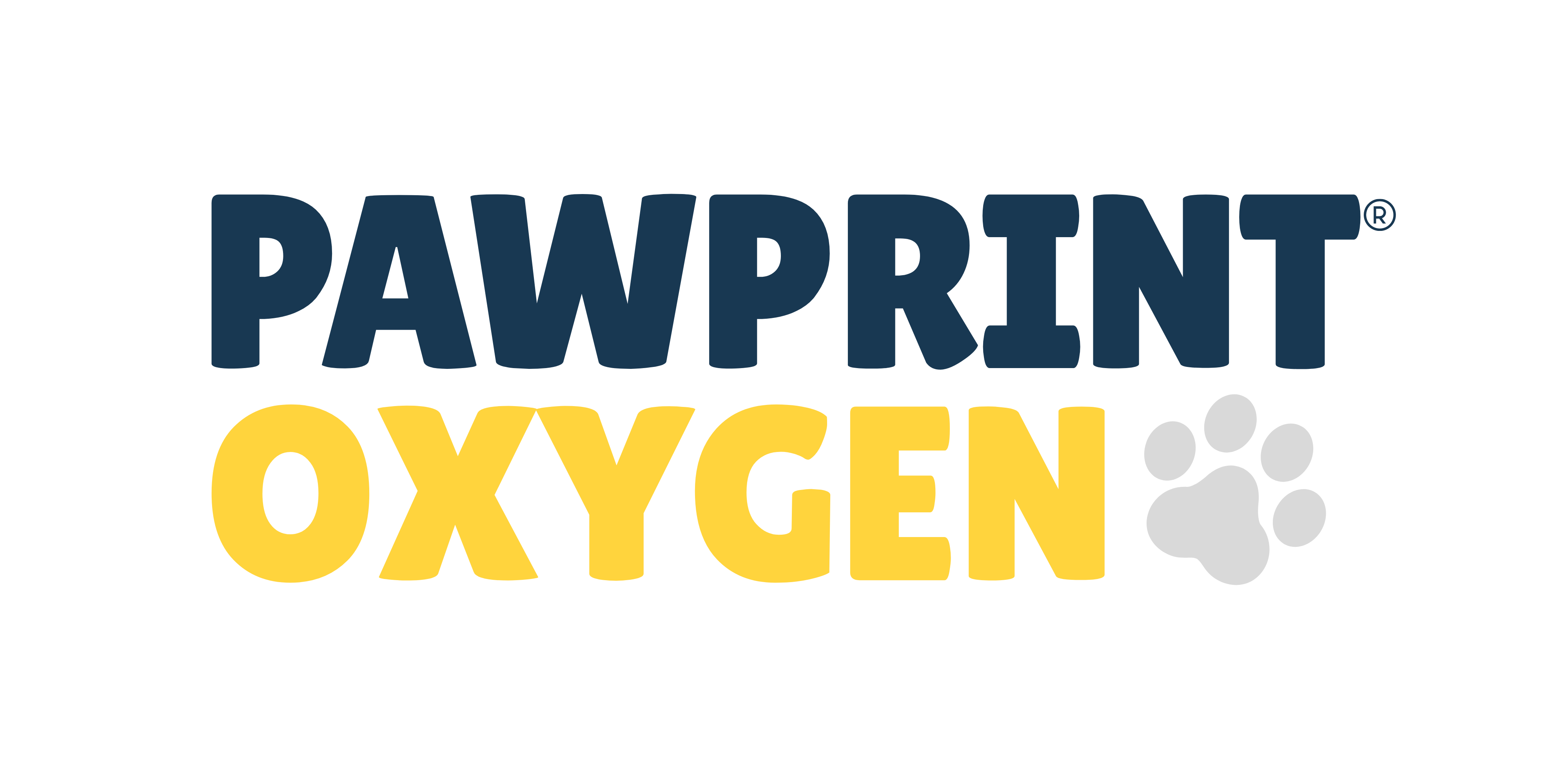Oxygen Development: A Comprehensive Guide To Understanding Its Importance And Evolution
Oxygen development has been one of the most transformative processes in Earth's history, shaping the planet's atmosphere and enabling the evolution of life as we know it. The journey of oxygen from a scarce element to the life-sustaining gas that makes up 21% of our atmosphere is nothing short of extraordinary. This process, spanning billions of years, involves geological, biological, and chemical interactions that have not only influenced the environment but also dictated the survival and progression of countless species. Understanding oxygen development is crucial for grasping how life thrives on Earth and how it could potentially exist elsewhere in the universe.
Oxygen development didn’t happen overnight. It began with the emergence of photosynthetic organisms, primarily cyanobacteria, which released oxygen as a byproduct during the Great Oxidation Event around 2.4 billion years ago. This event marked a turning point in Earth’s history, as oxygen levels rose dramatically, leading to the formation of an ozone layer that shielded the planet from harmful ultraviolet radiation. The rise of oxygen also paved the way for the evolution of aerobic organisms, including humans, who rely on oxygen for respiration. Today, oxygen development continues to be a critical area of study, offering insights into climate change, environmental sustainability, and even space exploration.
From its role in supporting ecosystems to its applications in medicine, technology, and industry, oxygen development remains a cornerstone of modern scientific inquiry. Researchers are not only exploring how oxygen has shaped Earth’s past but also how it can be harnessed to address future challenges. Whether it’s understanding how oxygen levels fluctuate in aquatic environments or developing technologies to produce oxygen on other planets, the study of oxygen development holds immense potential for advancing human knowledge and capabilities. In this article, we will delve into the multifaceted aspects of oxygen development, answering key questions and shedding light on its significance across various fields.
Read also:Rick Moranis A Comprehensive Look At The Comedy Legends Life And Legacy
Table of Contents
- What Is Oxygen Development?
- How Did Oxygen Development Shape Earth?
- The Biological Role of Oxygen
- How Does Oxygen Development Impact Climate?
- Oxygen Development in Modern Industries
- What Are the Future Applications of Oxygen?
- Oxygen Development and Space Exploration
- Frequently Asked Questions
What Is Oxygen Development?
Oxygen development refers to the processes through which oxygen has been generated, accumulated, and utilized throughout Earth's history. This concept encompasses both natural phenomena, such as photosynthesis and geological activity, and human-driven innovations, such as oxygen production technologies. At its core, oxygen development is about understanding how this vital element became abundant and how it continues to influence life and the environment.
How Did Photosynthesis Contribute to Oxygen Development?
Photosynthesis is arguably the most significant biological process in oxygen development. This mechanism, carried out by plants, algae, and cyanobacteria, involves converting sunlight, carbon dioxide, and water into glucose and oxygen. Cyanobacteria, often referred to as the "architects of oxygen development," were the first organisms to perform oxygenic photosynthesis. Over billions of years, their activity gradually increased atmospheric oxygen levels, creating conditions that allowed complex life forms to emerge.
Key Stages in Photosynthesis
- Light absorption by chlorophyll
- Splitting of water molecules to release oxygen
- Conversion of carbon dioxide into organic compounds
What Role Did Geological Processes Play in Oxygen Development?
While photosynthesis was the primary driver of oxygen development, geological processes also played a crucial role. For example, volcanic activity released gases like carbon dioxide, which photosynthetic organisms used to produce oxygen. Additionally, the formation of sedimentary rocks helped sequester carbon, indirectly contributing to oxygen accumulation. These geological mechanisms highlight the interconnectedness of Earth’s systems in fostering oxygen development.
How Did Oxygen Development Shape Earth?
The rise of oxygen through oxygen development fundamentally transformed Earth’s environment, leading to the creation of an atmosphere capable of supporting complex life. This transformation was not without its challenges, as the sudden increase in oxygen levels during the Great Oxidation Event caused mass extinctions among anaerobic organisms that could not survive in oxygen-rich environments. However, this event also paved the way for the evolution of aerobic organisms, which rely on oxygen for energy production through cellular respiration.
Impact on Atmospheric Composition
Oxygen development altered the composition of Earth’s atmosphere, making it more hospitable for life. Before the Great Oxidation Event, the atmosphere was dominated by gases like methane and carbon dioxide. The introduction of oxygen led to the formation of an ozone layer, which protected the planet from harmful solar radiation. This protective shield allowed life to expand from aquatic environments to land, marking a pivotal moment in evolutionary history.
Formation of Oceans and Habitats
Oxygen development also influenced the formation of aquatic and terrestrial habitats. As oxygen levels rose, it facilitated the growth of diverse ecosystems, from coral reefs to lush forests. These habitats became breeding grounds for biodiversity, further driving the evolution of complex organisms. The interplay between oxygen development and habitat formation underscores the dynamic relationship between Earth’s atmosphere and its biosphere.
Read also:Exploring The Legacy Of Norma Strait A Journey Through Time
The Biological Role of Oxygen
Oxygen is indispensable for life as we know it, serving as the foundation for cellular respiration, a process that generates energy for most living organisms. This biological role is a direct result of oxygen development, which created the conditions necessary for aerobic life to thrive. From single-celled organisms to humans, oxygen has become an essential component of metabolic processes, enabling growth, reproduction, and survival.
Oxygen and Human Health
For humans, oxygen is critical for maintaining physiological functions. It is transported through the bloodstream to cells, where it is used to produce adenosine triphosphate (ATP), the energy currency of the body. Oxygen development has also influenced medical advancements, such as oxygen therapy, which is used to treat conditions like chronic obstructive pulmonary disease (COPD) and pneumonia.
Oxygen in Ecosystems
Beyond individual organisms, oxygen development supports entire ecosystems. Aquatic environments, for instance, rely on dissolved oxygen to sustain fish and other marine life. Similarly, terrestrial ecosystems depend on oxygen for processes like decomposition, which recycles nutrients back into the soil. These examples illustrate how oxygen development has created a self-sustaining cycle of life on Earth.
How Does Oxygen Development Impact Climate?
Oxygen development has profound implications for Earth’s climate. By influencing atmospheric composition, it affects global temperatures, weather patterns, and the carbon cycle. For example, oxygen production through photosynthesis helps regulate carbon dioxide levels, mitigating the effects of greenhouse gases. Understanding this relationship is essential for addressing modern challenges like climate change and environmental degradation.
Oxygen and Carbon Sequestration
One of the key ways oxygen development impacts climate is through carbon sequestration. Photosynthetic organisms absorb carbon dioxide and release oxygen, effectively reducing the amount of greenhouse gases in the atmosphere. This natural process has inspired technologies like carbon capture and storage, which aim to replicate oxygen development on an industrial scale.
Effects on Oceanic Oxygen Levels
Oxygen development also affects oceanic oxygen levels, which are critical for marine life. Climate change, however, is causing oxygen depletion in oceans, a phenomenon known as hypoxia. This underscores the importance of understanding oxygen development to mitigate the adverse effects of global warming on aquatic ecosystems.
Oxygen Development in Modern Industries
Oxygen development has far-reaching applications in various industries, from healthcare to manufacturing. Industrial oxygen production, which mimics natural oxygen development processes, is used in steelmaking, chemical synthesis, and wastewater treatment. These applications highlight the versatility of oxygen and its role in advancing human progress.
Oxygen in Medicine
In medicine, oxygen development has led to innovations like ventilators, hyperbaric chambers, and oxygen concentrators. These technologies have saved countless lives, particularly during medical emergencies and pandemics. The ability to harness oxygen for therapeutic purposes is a testament to the importance of understanding its properties and behavior.
Oxygen in Environmental Technologies
Environmental technologies also benefit from oxygen development. For instance, oxygen is used in wastewater treatment plants to break down organic matter, reducing pollution and improving water quality. Similarly, oxygen-enriched combustion processes in power plants enhance efficiency while reducing emissions, contributing to a cleaner and more sustainable future.
What Are the Future Applications of Oxygen?
As humanity looks toward the future, oxygen development holds immense potential for addressing pressing challenges. From space exploration to renewable energy, the applications of oxygen are vast and varied. Researchers are exploring ways to produce oxygen in extraterrestrial environments, such as Mars, where oxygen development could enable human colonization.
Oxygen in Space Exploration
Oxygen development is critical for space exploration, particularly in creating life-support systems for astronauts. Technologies like the Mars Oxygen In-Situ Resource Utilization Experiment (MOXIE) aim to extract oxygen from the Martian atmosphere, demonstrating the feasibility of oxygen production beyond Earth. These advancements could revolutionize space travel and pave the way for interplanetary colonization.
Oxygen and Renewable Energy
Oxygen development is also integral to renewable energy technologies. For example, hydrogen fuel cells rely on oxygen to generate electricity, offering a clean and efficient alternative to fossil fuels. By leveraging oxygen’s properties, scientists are developing solutions that could reduce our reliance on non-renewable resources and combat climate change.
Oxygen Development and Space Exploration
The role of oxygen development extends beyond Earth, playing a pivotal role in humanity’s quest to explore and colonize other planets. As we venture into space, understanding how to produce and utilize oxygen in extraterrestrial environments becomes increasingly important. This section explores the challenges and opportunities associated with oxygen development in space exploration.
Challenges of Oxygen Production in Space
Producing oxygen in space presents unique challenges, such as limited resources and harsh environmental conditions. However, innovations like MOXIE offer promising solutions, demonstrating that oxygen development can be adapted to meet the demands of space exploration. These technologies not only advance scientific knowledge but also inspire new possibilities for human expansion beyond Earth.
Opportunities for Interplanetary Colonization
Oxygen development could enable the establishment of self-sustaining colonies on other planets. By harnessing local resources to produce oxygen, humans could create habitats that support life indefinitely. This vision of the future highlights the transformative potential of oxygen development and its ability to shape humanity’s destiny.
Frequently Asked Questions
What Is the Great Oxidation Event?
The Great Oxidation Event was a pivotal moment in Earth’s history, occurring around 2.4 billion years ago. During this period, oxygen levels in the atmosphere rose dramatically due to photosynthetic activity, transforming Earth’s environment and enabling the evolution of aerobic life forms.
How Does Oxygen Impact Climate Change?
Oxygen influences climate change by regulating carbon dioxide levels in the atmosphere. Photosynthetic organisms absorb carbon dioxide and release oxygen, helping to mitigate the effects of greenhouse gases. This natural process has inspired technologies like carbon capture and storage.
Can Oxygen Be Produced on Mars?
Yes, oxygen can be produced on Mars using technologies like MOXIE, which extracts oxygen from the Martian atmosphere. This innovation demonstrates the feasibility of oxygen development in extraterrestrial environments and could support future human missions to Mars.
In conclusion, oxygen development is a cornerstone of life on Earth and a key area of focus for future innovations. By understanding its history, applications, and potential, we can unlock new possibilities for sustainability, exploration, and progress. Whether it’s addressing climate change or enabling space colonization, oxygen development continues to shape the trajectory of humanity’s journey.
For more information on oxygen development, visit NASA’s official website.
Discover The Vibrant Traits Of A Sagittarius Personality: A Deep Dive
Exploring The World Of Miaz And Girthmaster: A Comprehensive Guide
Arcadis Canada: Leading Sustainable Design And Infrastructure Solutions

Luxfer medical oxygen system Gm Design Development

Pawprint Oxygen